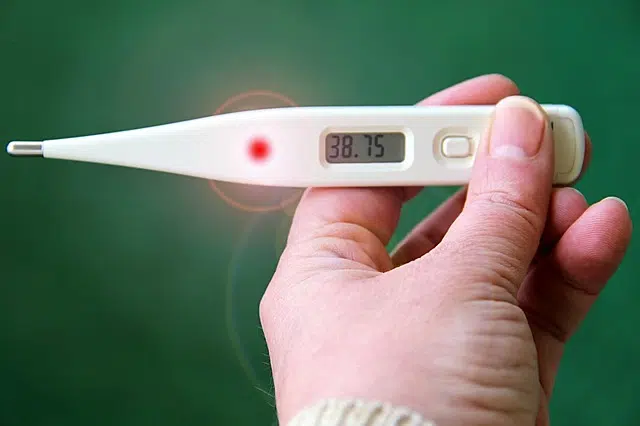
Sensors are devices that respond to external stimuli.
A sensor is a device that is capable of detecting external actions or stimuli and responding accordingly . These devices can transform physical or chemical quantities into electrical quantities.
For example: there are sensors that are installed in vehicles and that detect when the travel speed exceeds the permitted speed; In these cases, they emit a sound that alerts the driver and passengers.
Motion sensor and thermometer
Another very common type of sensor is the one that is installed at the entrance door of homes and reacts to movement. If a person approaches the sensor, it emits a signal and a lamp lights up.
The use of these sensors is linked to security , since they prevent someone from taking advantage of the darkness to hide and enter the house without being noticed.
The thermometer is also a type of sensor that takes advantage of the ability of mercury to react to temperature and, in this way, allows us to detect if a person has a fever.

A thermometer acts as a sensor, reacting to rising temperatures.
Interaction with the environment
Sensors, in short, are devices that allow us to obtain information from the environment and interact with it. Just as human beings appeal to their sensory system for this task, machines and robots require sensors to interact with the environment in which they find themselves.
When computers capable of responding to voice commands are developed, for example, they are provided with microphones, which are sensors capable of capturing sound waves and transforming them. If these sensors are connected to other circuits, the machine will be able to react to the stimulus according to what is required by the user.
Image sensor
Digital cameras use an element known as an image sensor to capture light. It is a chip made up of millions of small light -sensitive parts called pixels (a term derived from "picture element"), capable of capturing a photograph when exposed.
The image sensor is equivalent to the photographic film of traditional cameras. Its task is to convert light into electrical signals to store, measure and transform them into a digital representation of the light pattern it captured. Once this process is completed, a computer file is obtained that saves the image, which can be viewed on a monitor, or used for printing on paper.
Resolution and size
The term megapixel is very popular when describing a camera , and refers to the number of pixels that make up its sensor, since the minimum acceptable currently exceeds one million. Although it is necessary to take other characteristics into account, it is possible to say that the number of pixels proportionally affects the quality of a photograph, since it is closely related to sharpness, with the amount of detail that the device can capture in a scene.
In addition to the resolution of the sensor, its size also influences the result, since it affects the pixel density (the number of pixels per unit of measurement squared) and the size of the latter is related to the quality: the larger the size , better results and more sensitivity .
The shape, also, is responsible for the proportions of the photograph, what is known as " aspect ratio." The most common format is 3/2, which offers a representation quite close to the perception of the human eye.
Finally, there are several technologies used to manufacture image sensors; The best known today are: CCD and SuperCCD , widely adopted in photography and video; CMOS , which requires less energy and is cheaper to produce; Foveon
